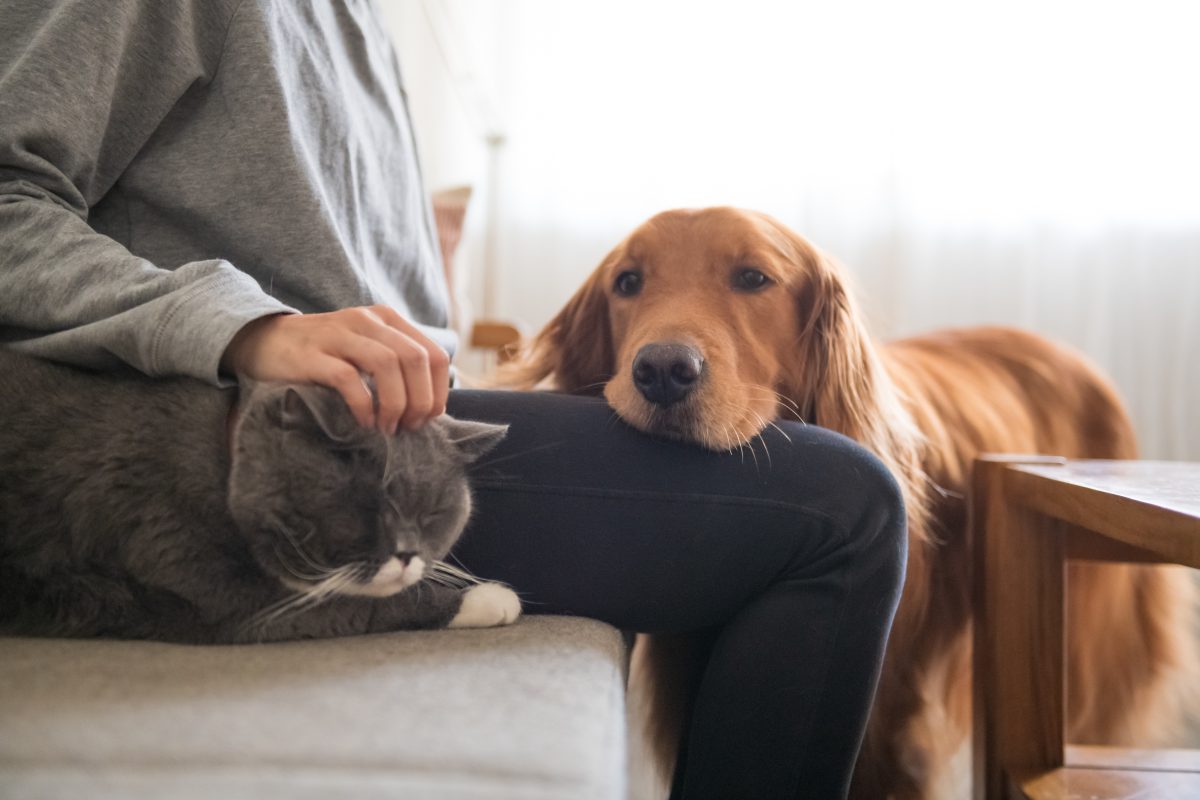The cat, unlike the dog, is an animal basically solitaryor rather, it is not an obliged social animal, and consequently he can live alone, especially if food is scarce!
In recent years, however, this solitary behavior has been distorted, both thanks to the establishment of the feline colony in which cats get used to living in the company of others like them due to the constant presence of easy food, which following the domestication greater than this feline, who has "forced" him into domestic life, often in the company of his fellow men and in any case in the presence of food. Despite these social living conditions, the cat remains a reserved animal and tending to be prone to a thousand pampering and "excessive" contacts.
How is a cat's territory structured?
The territory of the cat can be divided into 2 areas, the feeding, game and hunting (home range), and the strictly personal one, in which the animal can hide and relax in peace (central area).
How does the cat behave in its territory?
To identify the territory, the cat uses a series of behaviors that should be thoroughly understood before deciding whether or not to adopt one, precisely to avoid problems of coexistence, especially inside a home. The cat indeed it will be more territorial in the presence of other individuals with specific, just to reiterate the distances and their hunting or resting areas. This delimitation will be put into practice with olfactory, visual and tactile behaviors, or simply by maintaining precise distances.
What are the marking signs?
To delimit its territory, the cat usually scratches key areas allowing other individuals to see from a distance that this area is either occupied or performing markings with urine, an olfactory sign of its presence in that area. Other types of "marking" are then i miagoli, which, depending on intensity and tonality, as well as for our voice, can mean many things ...
If the cat marks at home what can I do?
If an animal starts to to mark at home, there are some steps to try before turning to an expert feline behavior, who will be able to analyze the house, the attitude of our 4-legged friend and the man-cat relationship, looking for the most suitable solution for the specific case. First you need to be sure that you have made one or more available to our friend scratching post, to allow the proper nail management and related behavior; make sure you have allowed the animal to divide its territory into at least 2 net parts, always leaving him quiet in the area chosen for rest; make sure the cat enjoys good health and that the markings, for example of urine, do not depend on cystitis or other health problems; use neutral detergents, better if specific for animals, to clean the litter or the house, to avoid strong odors that could stimulate the marking of the territory; add a litter in the house; clean the litter more often; try to change the sand used.

Are there products to prevent cats from branding?
There are many on the market disaccustoming products which could be used to limit behavior when understanding the problem. Indeed these sprays are useful for reducing the marking, but we should also be able to understand the problem who generated it and solve it as soon as possible, so as to maintain an excellent and healthy relationship with our 4-legged friend!
Dr. Paola Zintu, veterinarian
Union BIO advice
Union BIO, company for years engaged in the study of plants and their active ingredients, formula No Dog&Cat. This spray contains numerous plant active ingredients useful for neutralizing odor, sanitizing and reducing the likelihood of new markings thanks to annoying essential oils for the animal.
The product should be sprayed on one or more limited areas, where you do not want the animal to make markings with scratches or pee, however trying to understand in the meantime, what is the cause of this attitude.
Photo: Faris Algosaibi,Fung0131



















